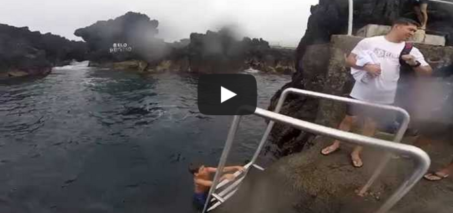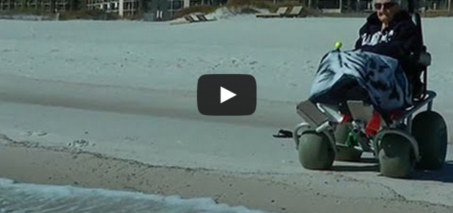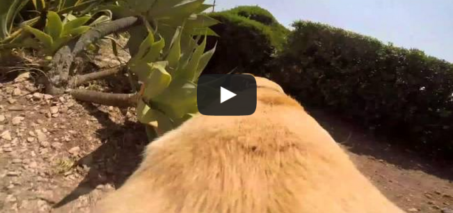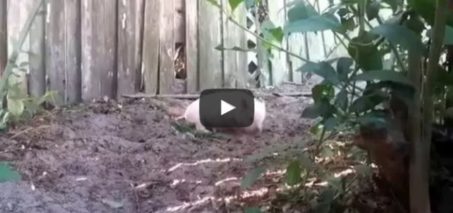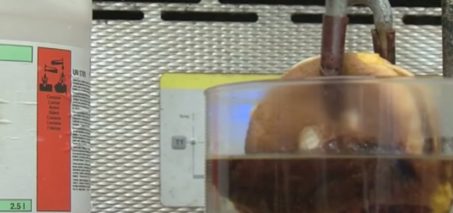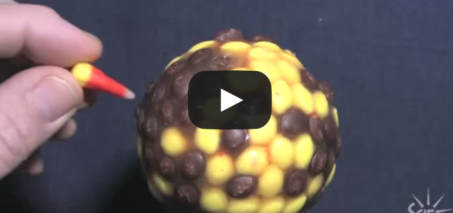Caged pig. Forensic experiment in the ocean.
YouTube caption: Dead pigs are used as models for human decomposition so that we can understand what happens to a body in the ocean and use this to interpret decompositional patterns and rates and as well as the marks left by scavengers, in human death investigations.
Past experiments in this area showed high shark activity so two pigs were placed; one caged and one exposed. This video features the experiment that was deployed on Feb 26, 2012.
Caging successfully prevented sharks from accessing the body so the carcass was colonized within minutes by small arthropods called amphipods, or ‘sea lice’. These rapidly became several centimetres thick on the body and entered the carcass via the orifices, eating it from the inside out. The amphipods became so numerous that they covered the entire cage and bars and competitively excluded all other arthropods such as the big Three Spot Shrimp. In just a few days the carcass was entirely skeletonized and the amphipods lost interest and left. Then the Three Spot Shrimp returned to pick at the carcass, eventually removing all the cartilage. After a few days a Giant Pacific Octopus was curious about the cage, scaring off a shrimp.
The experiment is led by Dr. Gail Anderson and Dr. Lynne Bell (Simon Fraser University).
VENUS is a web-enabled interactive research facility that connects scientists with the ocean. To learn more about VENUS visits www.venus.uvic.ca.
This video was created by Jackson Chu, a PhD student, Marine Biology (University of Victoria).

